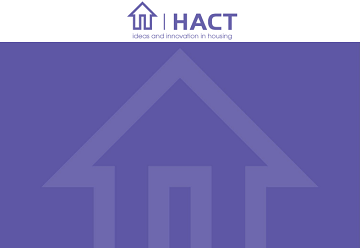Valuing Housing and Local Environment Improvements report

Housing associations annually spend £3.3 billion on routine maintenance, planned maintenance and major repairs, representing a huge proportion of organisational expenditure.
The ability to determine the impact of these improvements on the lives of those actually living in social housing and receiving the perceived benefits of these improvement works has not previously been quantified robustly. Using Wellbeing Valuation, this project analysed data collected through the English Housing Survey. The approach enables monetary values to be placed on the impact of housing provider activities around core housing; it does this by investigating the associations between attributes of the home, including its surroundings, and individual wellbeing.
This research identifies, and places financial values on, the relationships between residents’ wellbeing and outcomes related to three key areas:
- Warmth / property energy efficiency
- Local area issues
- Property defects and faults
Our analysis of the data has revealed that these property-related issues or circumstances are all associated with significant differences in the wellbeing of individuals living in the affected property. This provides an indication that good quality housing, free from issues within properties and in local areas, is associated with higher social value. Having these values provides the opportunity to consider vital social impact alongside other benefits and costs, and to compare disparate outcomes on a consistent basis through the use of results of other Wellbeing Valuation research. The values from this research will be merged into the existing Social Value Bank.
The values created by this project are derived from professional assessments of properties and neighbourhoods, conducted in the physical survey element of the English Housing Survey. Consequently, they can be applied based on a professional assessment of a change of situation (or resolution of a problem), and do not rely on establishing each beneficiary’s opinion of the situation.
This research has the potential to broaden the evidence available to housing providers to help inform business decisions by introducing the ability to consider quantitatively, for the first time, the social impact of a range of outcomes related to core housing activity on their tenants’ lives. HACT previously published ‘The Social Impact of Housing Providers’4 in 2013, which began to value different attributes of the home using the wellbeing valuation method. This identified some associations between housing outcomes and subjective wellbeing and demonstrated the plausibility of applying the wellbeing valuation approach to core housing activity. It was, however, limited to exploring the handful of factors within the British Household Panel Survey and was wholly reliant on respondent-reported assessments of housing situations.
This research supersedes the values contained in ‘The Social Impact of Housing Providers’, and adds to the values contained in the Social Value Bank analysing data from the English Housing Survey (EHS).